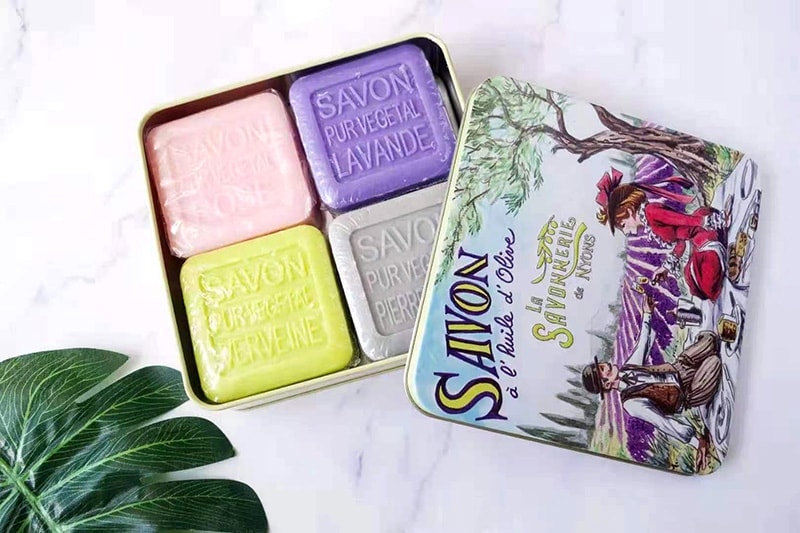

1. Material Specifications:
Industry standards define the required material specifications for tin box manufacturing, including the composition and quality of tinplate. Quality control procedures are implemented to verify that the materials utilized meet these specifications, ensuring the overall durability and safety of the product.
2. Thickness and Coating Requirements:
Standards typically outline the recommended thickness of the tinplate material and specific coating requirements. Quality control procedures, such as thickness measurements and coating adhesion tests, are conducted to confirm compliance with these standards, ensuring the structural integrity and protective characteristics of the tin boxes.
3. Safety and Regulatory Compliance:
Industry regulations and standards often address health and safety considerations, such as the use of non-toxic coatings, compliance with food contact regulations, and adherence to environmental protection requirements. Quality control procedures focus on verifying compliance with these safety standards to ensure consumer safety and regulatory adherence.
4. Durability and Reliability Testing:
Quality control procedures encompass a range of testing protocols, such as impact resistance, corrosion resistance, and structural integrity tests. These tests are aligned with industry standards to evaluate the durability and reliability of tin boxes under various conditions, helping to ensure their long-term performance and consumer satisfaction.
5. Consistency and Traceability:
Industry standards often emphasize the need for consistency in manufacturing processes and the ability to trace product origins. Quality control procedures, including inspections and record-keeping, are established to maintain manufacturing consistency and traceability, thereby enhancing product reliability and consumer confidence.